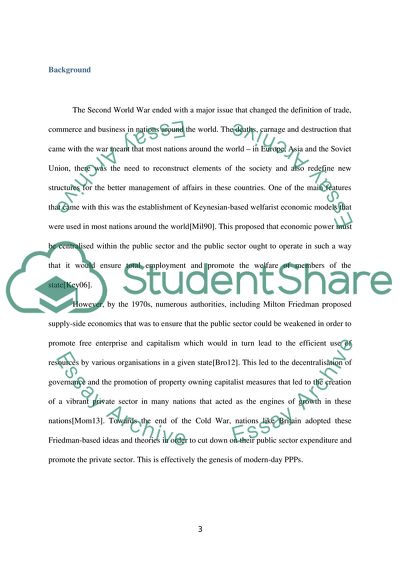Cite this document
(“The Concept of Public-Private Partnerships Literature review”, n.d.)
The Concept of Public-Private Partnerships Literature review. Retrieved from https://studentshare.org/human-resources/1856522-public-private-partnershipppp
The Concept of Public-Private Partnerships Literature review. Retrieved from https://studentshare.org/human-resources/1856522-public-private-partnershipppp
(The Concept of Public-Private Partnerships Literature Review)
The Concept of Public-Private Partnerships Literature Review. https://studentshare.org/human-resources/1856522-public-private-partnershipppp.
The Concept of Public-Private Partnerships Literature Review. https://studentshare.org/human-resources/1856522-public-private-partnershipppp.
“The Concept of Public-Private Partnerships Literature Review”, n.d. https://studentshare.org/human-resources/1856522-public-private-partnershipppp.


